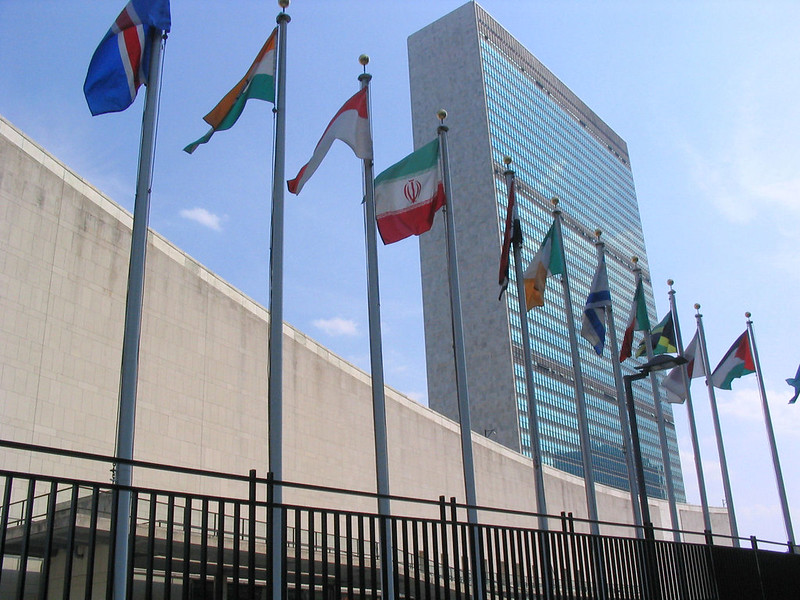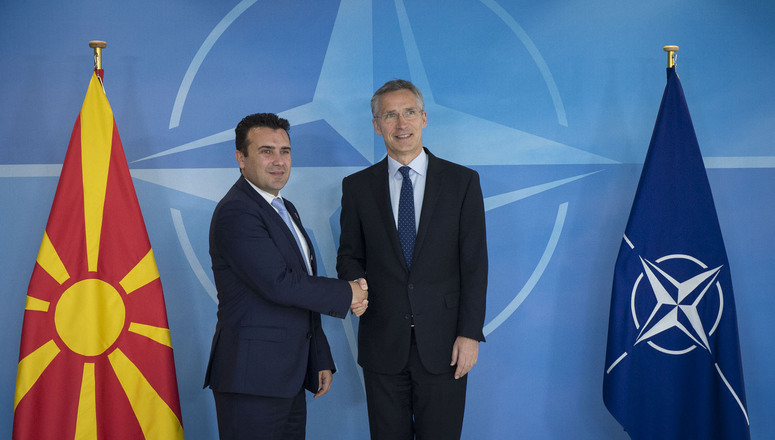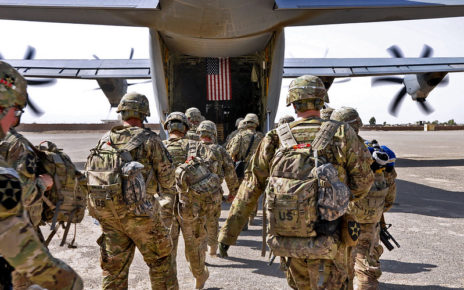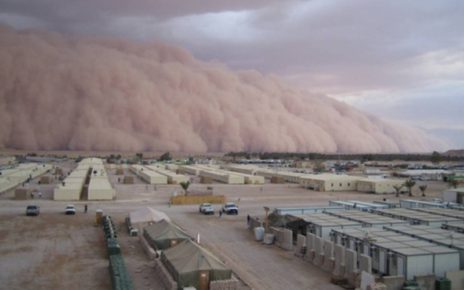The British historian Eric Hobsbawm once argued that the nineteenth century had three fundamental periods of change: the “Age of Revolution,” “Age of Capital,” and the “Age of Empire,” which subsequently formed the titles for his magisterial history of that century. His further look at the twentieth century was neatly summarized as the “Age of Extremes.” In all four works, Hobsbawm attempted to sort the problems and processes of the times into clearly defined categories, which began at one point and ended at another.
If the world was ever that neatly divisible, it is apparent that such a formula no longer holds in the early twenty-first century. We are experiencing several “ages” simultaneously: the “Age of Low-Intensity Conflict”; the “Age of Climate Insecurity”; the “Age of Demographic Change”; or, perhaps, the “Age of Western Decline.” At its most basic level, the current period might be best termed the “Age of Crises”: in all of these instances, problems and processes are now occurring too quickly, and are spread too widely, for states to solve individually. This is not necessarily a new phenomenon, but one which now impacts many more people much more quickly, thanks to globalized trade, information, governance, and security networks.
Risk theory has a term for these intractable issues: “wicked problems.” These are problems that are too complex, or too interrelated with other issues, or informed by quickly changing or contradictory data, and cannot be solved quickly or easily. Complicating matters, such problems often involve multiple countries simultaneously, incorporating a variety of actors at different levels of society. Climate change, for instance, causes increasingly severe hurricanes which often damage nations that have contributed little to the current environment crisis. Financial mismanagement in one nation’s stock exchange can have downstream effects which eliminate the retirement savings of people on the other side of the globe.
Perhaps the most important trend governing wicked problems is their ability to arise from seemingly unrelated and minor beginnings. For instance, the assassination of Archduke Franz Ferdinand sparking the First World War, which led directly to the rise of the Russian Revolution and the USSR; the seeds of German discontent following the Treaty of Versailles, and which set the foundation for problems which would plague the remainder of the twentieth century, including both the Second World War and the Cold War.
If this is applied to the current international system, it becomes apparent that as the level of globalization and international contact increases, wicked problems are going to expand in scale, scope, and severity. This muddles the forecast for the middle part of the century (2040-2060), but it does not mean that predictions are impossible or foolhardy. In particular, we may draw inferences from some past and current events that illustrate three potential trends – not specific events – to keep in mind.
First, there is a chance that large-scale conflict will occur in the medium term. Historically, the role of states has been to manage international affairs with an eye towards stability. This will not change. However, as some scholars argue, states manage international affairs to maintain their own interests – and when rising states threaten those interests, conflict occurs. This is known as the “Thucydides Trap,” after the ancient Greek writer who first identified such an occurrence between Athens and Sparta in the Peloponnesian War. While there is debate over the very existence of the Thucydides Trap, assertive Great Powers have tended to engage in conflict to preserve (or expand) their hegemony more often than not. While this does not mean a Third World War between the US and China, for instance, is a certainty (as the US and USSR never directly engaged in conflict either), wicked problems raise the likelihood of a misunderstanding or miscommunication igniting an uncontrollable reaction. The points of potential contact and conflict (food insecurity, supply-chain disruption, resource sharing, or another pandemic) between Great Powers raise these chances further. Conflict is not inevitable, but neither is peace guaranteed.
Second, if there is a bright spot within this analysis, it is this: history demonstrates that after each crisis, there are renewed attempts at multilateral organization to create stable world orders. While the scale or scope of each crisis has often appeared to be progressively larger, the post-crises settlements themselves were equally expansive. The Peace of Westphalia (1648) ended the Thirty Years’ War by creating the modern idea of nation-states. The Congress of Vienna (1815) ended the Napoleonic Wars by instituting the “Concert of Europe” system – the major powers (Britain, France, Prussia [later Germany], Russia, and Austria) would periodically meet to discuss pan-European, and later, global crises to avoid military conflict. The post-WWI settlement at Versailles created the idea of global self-determination, as well as the League of Nations – an early version of the UN. Finally, the settlement after the Second World War institutionalized the United Nations, Bretton Woods financial institutions, and, a few years later, NATO. Thus, one of the major trends likely to occur by mid-century will be a significant push for stronger and more effective international institutions: perhaps a more inclusive UN Security Council; a more empowered World Health Organization; or a NATO Alliance that incorporates all of Europe and perhaps parts of northern Africa, to provide a few possibilities.
The final major trend will be that new and innovative international fora will emerge to manage even relatively minor disputes, incorporating a wide variety of domestic and international, and governmental and private actors to match the complexity of these wicked problems. As populations become more educated, and are exposed to global issues (migration, energy costs, or food supplies), they are likely to demand more from their governments, even as these problems dwarf individual states’ budgets and resources. One way to mitigate the Age of Crises, then, would be to expand resource sharing through regional governance models: the European Union, for instance, might in time be matched by a stronger and more integrated Mercosur, African Union, or even a North American Union one day. However, whether governments, either alone or in concert with others, can rise to these challenges, is, at the moment, a question for the ages.
Photo: ‘United Nations’ by Ashitaka San, 14 August 2006 via Creative Commons. Licensed under CC BY-NC 2.0.
Disclaimer: Any views or opinions expressed in articles are solely those of the authors and do not necessarily represent the views of the NATO Association of Canada.




